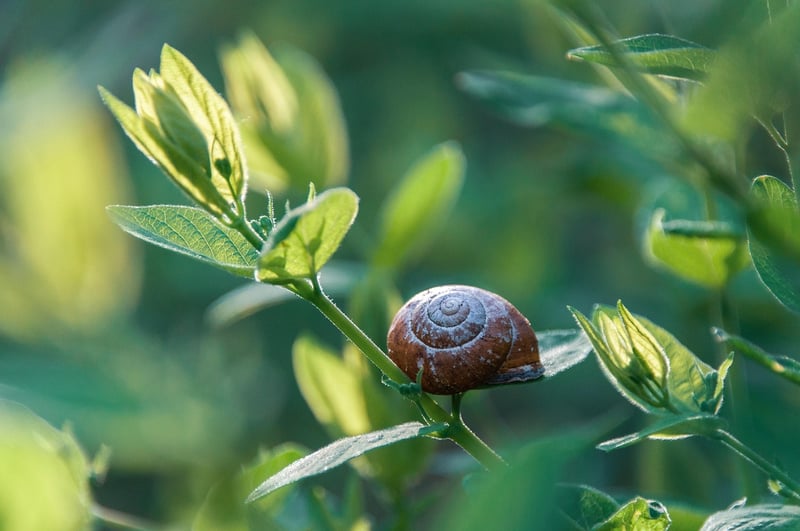Pest Control
Caring for Vertical Garden Plants + Pest Control
Introduction to Vertical Gardens
Vertical gardens are a popular way to bring greenery into urban spaces where traditional gardening might not be feasible. These gardens are not only aesthetically pleasing but also provide various environmental benefits, such as improving air quality and reducing noise pollution.
Caring for Your Vertical Garden Plants
Proper care is essential to ensure that your vertical garden thrives. Here are some tips to help you maintain healthy plants:
1. Watering
It's crucial to water your vertical garden regularly, as plants in vertical structures can dry out more quickly than those in traditional gardens. Make sure to check the moisture levels regularly and water accordingly.
2. Fertilizing
Provide your plants with the necessary nutrients by fertilizing them regularly. Choose a fertilizer that is suitable for the types of plants you have in your vertical garden.
3. Pruning
Regularly prune your plants to encourage healthy growth and prevent overcrowding. Trim any dead or yellowing leaves to maintain the overall appearance of your vertical garden.
4. Sunlight
Ensure that your vertical garden receives adequate sunlight based on the plant's requirements. Place sun-loving plants in sunny spots and shade-loving plants in areas with less direct sunlight.
Pest Control in Vertical Gardens
Pests can pose a threat to your vertical garden plants. Here are some natural ways to control pests without harming your plants:
1. Ladybugs
Introduce ladybugs to your vertical garden as they feed on aphids and other harmful insects, helping to keep pest populations in check.
2. Neem Oil
Use neem oil, a natural insecticide, to deter pests from infesting your plants. Dilute the neem oil as per instructions and spray it on the affected areas of your vertical garden.
3. Praying Mantis
Encourage praying mantises in your garden as they are voracious predators that feed on a wide range of garden pests, including caterpillars and flies.
4. Diatomaceous Earth
Apply food-grade diatomaceous earth around the base of your plants to create a barrier that effectively controls slugs, snails, and other crawling insects.
Conclusion
By following these care tips and natural pest control methods, you can ensure that your vertical garden remains healthy and thriving. Enjoy the beauty of your green oasis while contributing to a greener environment!

For more information on vertical gardening and pest control, visit Royal Horticultural Society.
